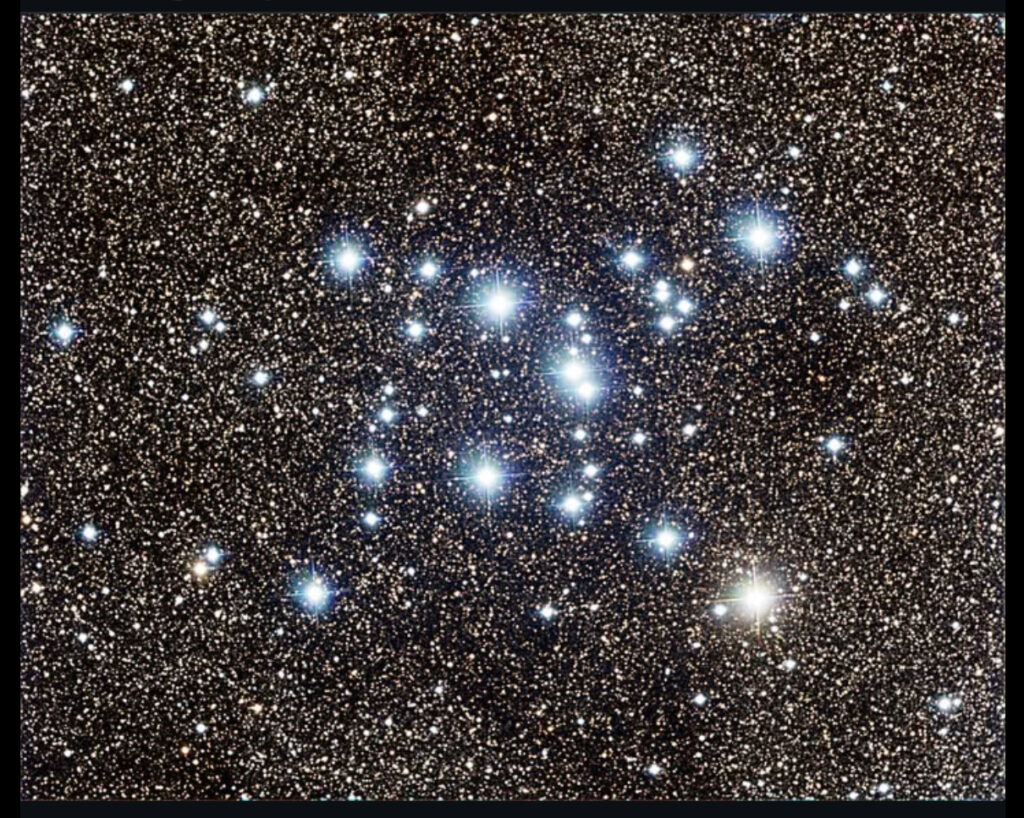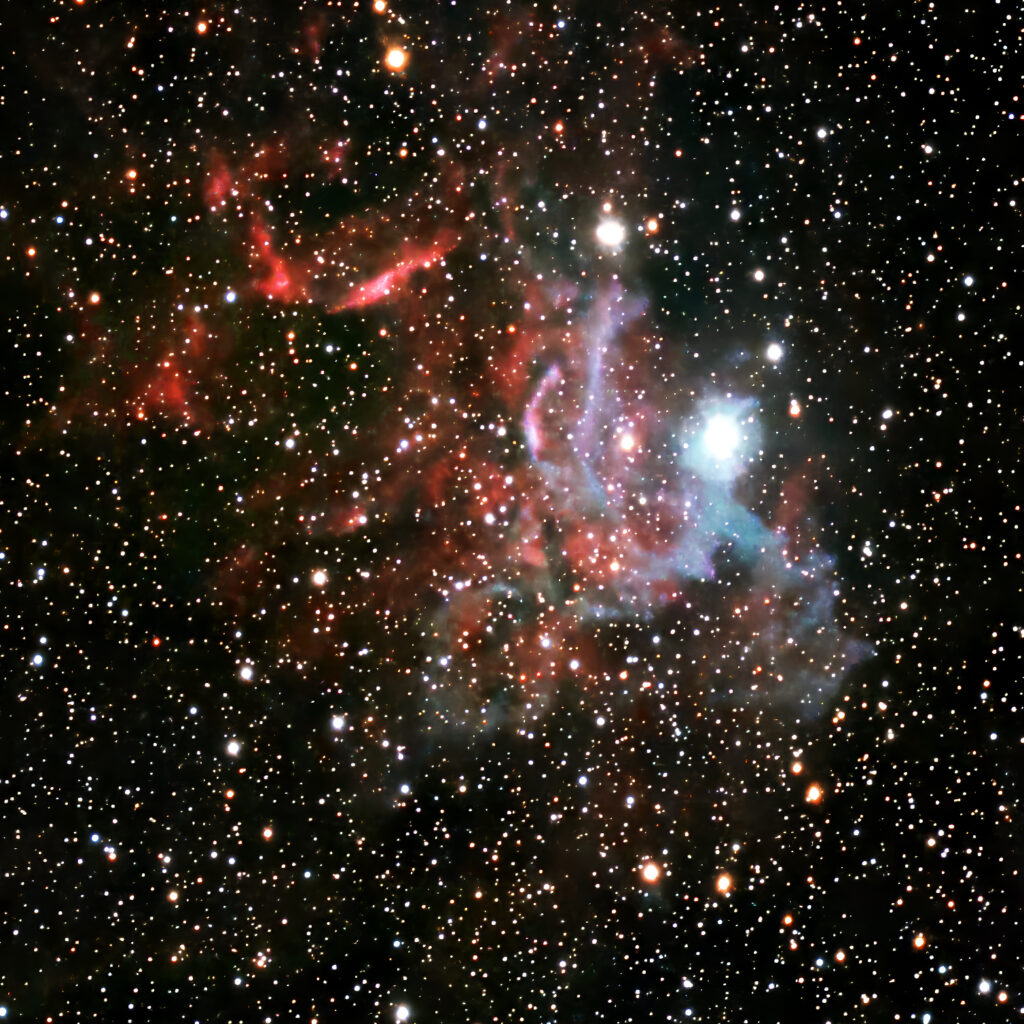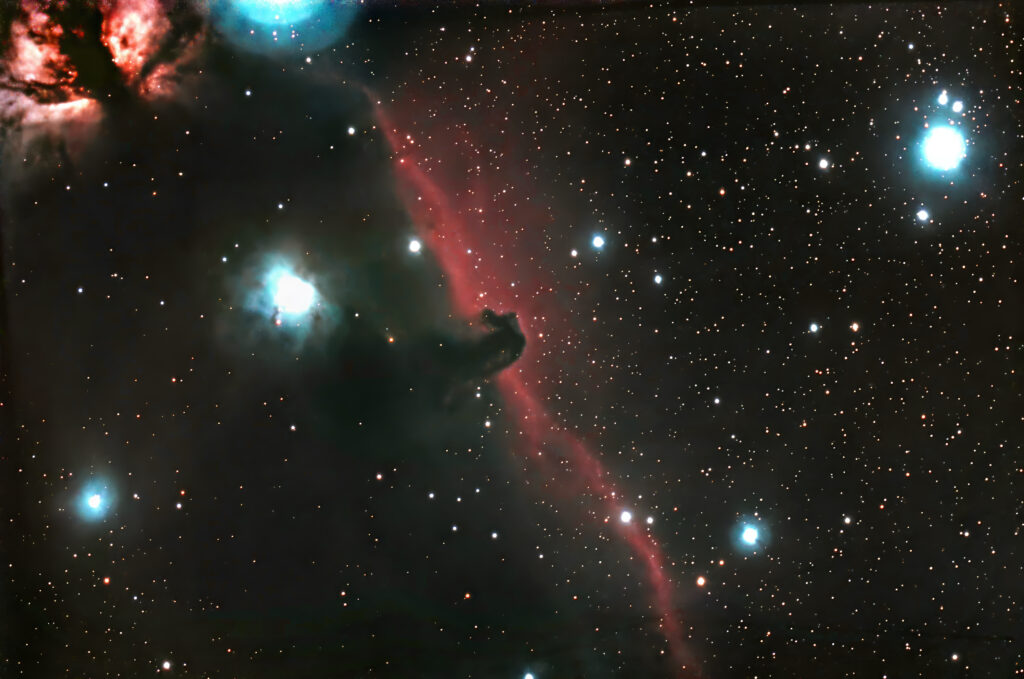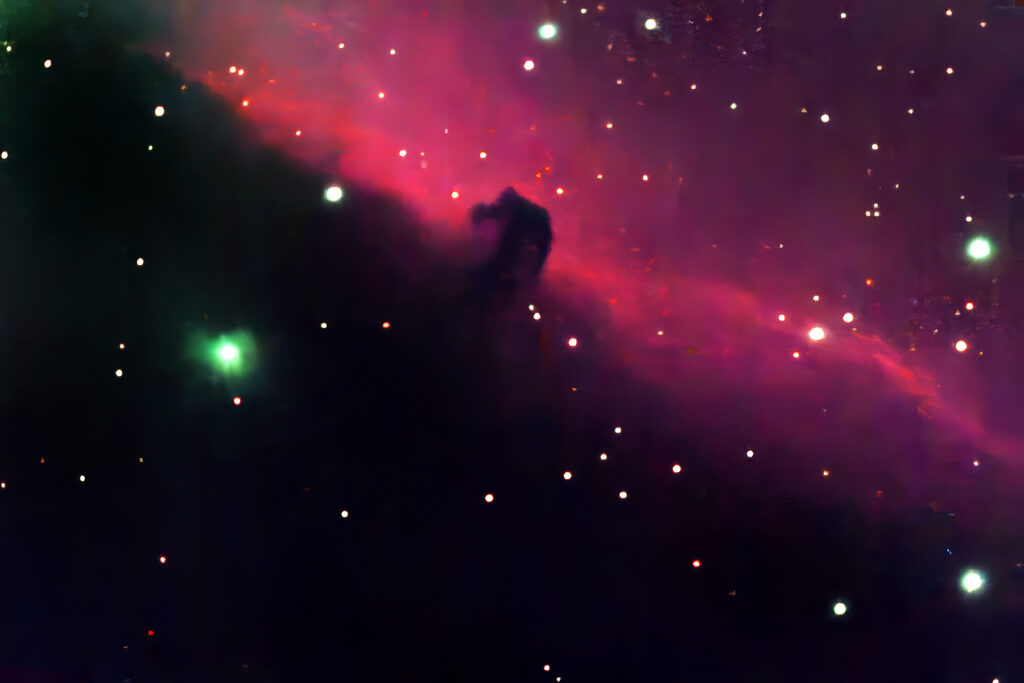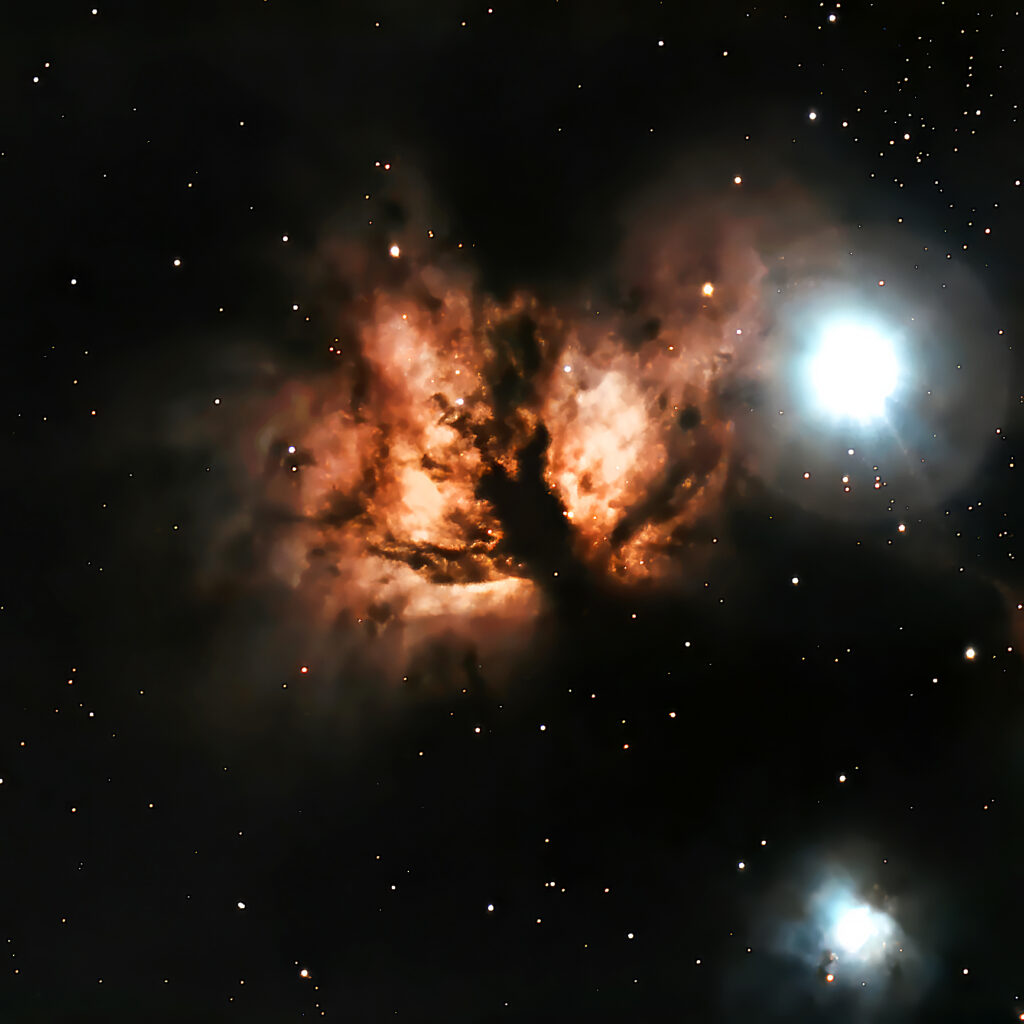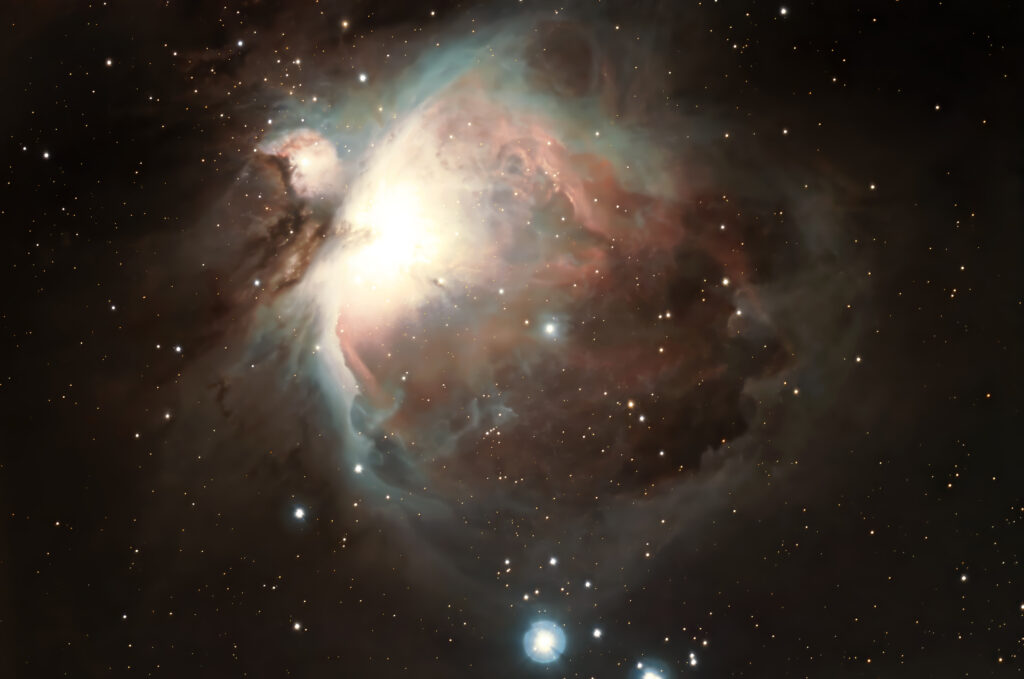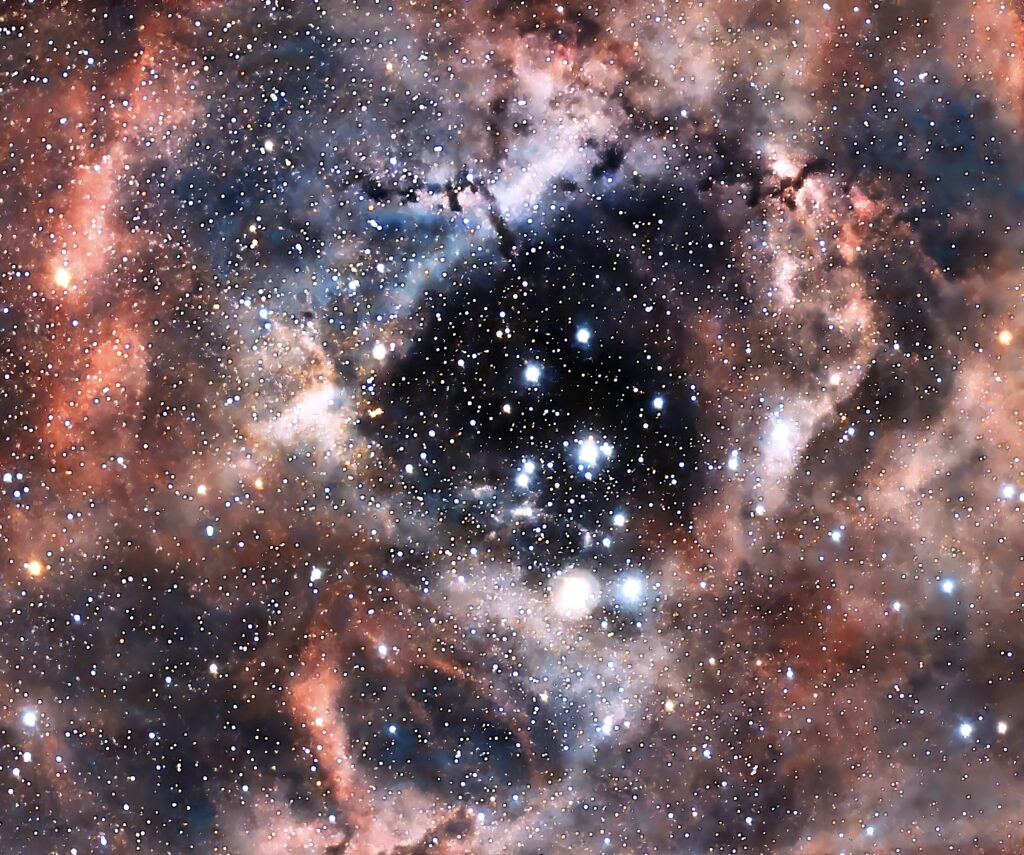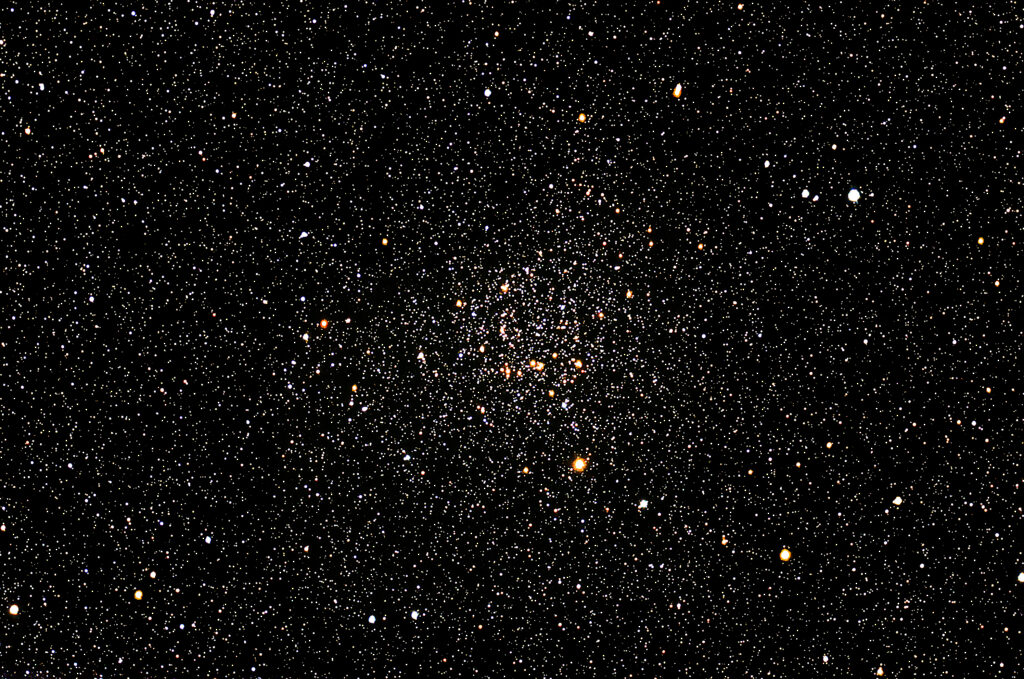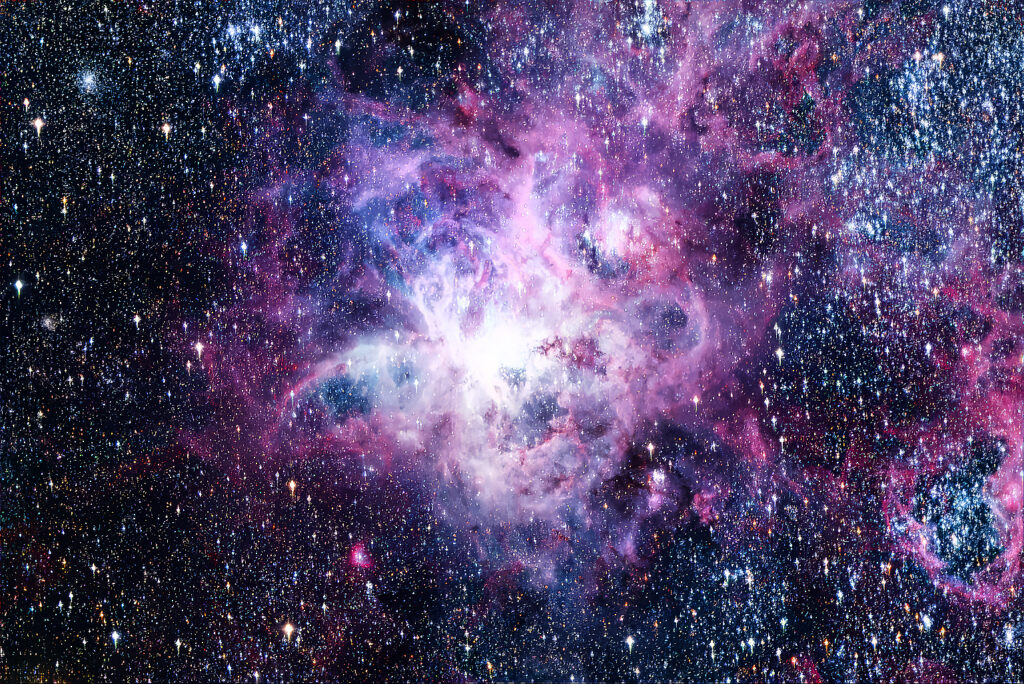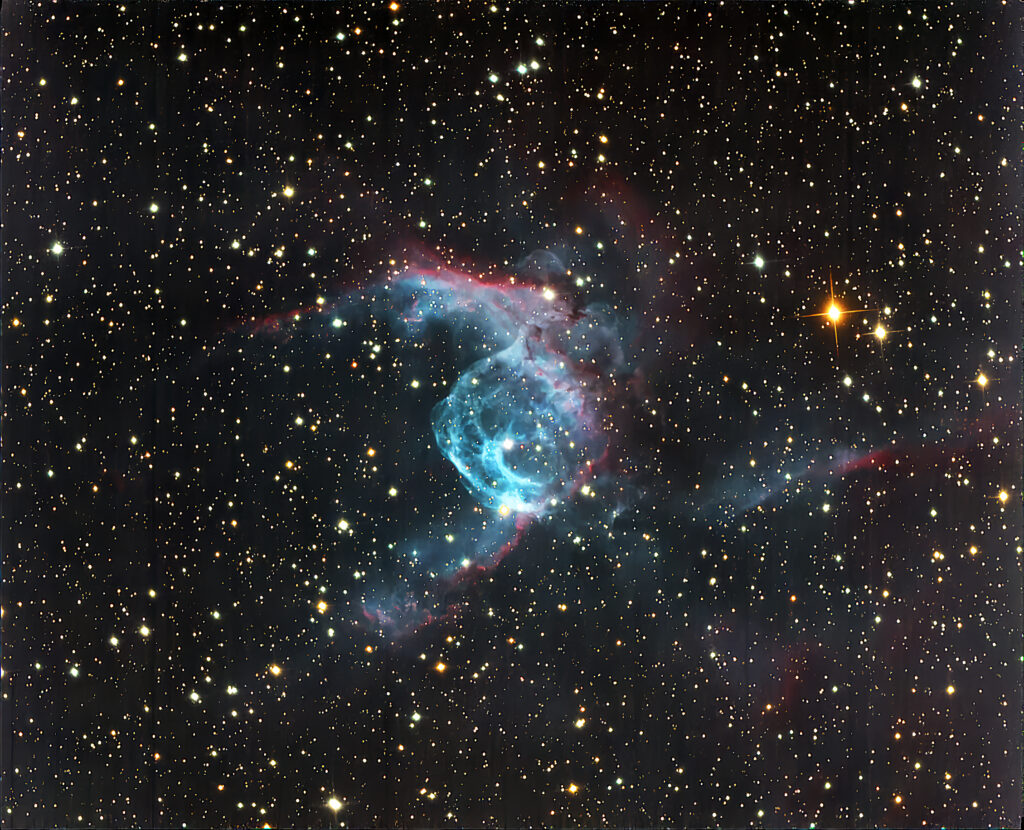
Figure 1 – NGC 2359 the Thor’s Helmet Planetary Nebula (c) DEWolf 2025
This image is right off the presses. The weather here has continued to be snowy, icy, and cloudy. It’s been too treacherous to take out the telescope, Observacar or no! I am hoping that the recent thaw and melt will make it observing safe for this coming Sunday or Monday.
In the meanwhile, I was driven back to my favorite remote telescope, a 20″ beauty on the iTelescope.net in Chile known as T72. I had my eye recently on some wonderful imagrs of NGC 2359 referred to as the Thor’s Helmet or flying Duck Nebula.Thor’s Helmet sounds more mythic and besides lends itself to embeding music from Wagner’s “Ride of the Valkyrie!” So I decided to do some remote telescope imaging. I looked at the absolutely perfect all-sky camera from Chile and was absolutely sold.
First, the particulars about the telescope. PlaneWave Instruments CDK 20″ f/6.8, 3411mmFL, FLI ML16200, Blank,LRGB, SII,Ha,OIII,U,V,B,R,I Filters. PlaneWave Instruments L-500 Mount. Observatory: Deep Sky Chile at Rio Hurtado Valley, Chile – MPC X07. South 30°31’34.712″ West 70°51’11.865″ . Elevation: 1710m MPC X07
Figure 1 shows the results of 36 min imaging. I am very happy with it. Exactly what are we looking at here? This intricate and vivid planetary nebula is located approximately 15,000 light-years away in the constellation Canis Major, and provides a fascinating glimpse into the death of massive stars and the beauty of cosmic phenomena. Planetary nebulae, form when a dying star dramatically sheds its outer layers, leaving behind a hot, dense core, typically a white dwarf star. These white dwarves are incredibly dense and hot. They emit high energy radiation, which ionize the gaseous out layer causing it to emit light – hence the beautiful irridescent display here..
Here the story is slightly different. This nebula spans around 30,000 light-years across, and its distinct “helmet-like” structure is created by the star at its core—a massive hot Wolf-Rayet star, designated WR 7. Wolf-Rayet stars are huge, rare, and have intense winds that blow away their outer layers, shaping the nebula around them.
This color palette gives Thor’s Helmet a dynamic and vibrant look, as different parts of the nebula shine in various shades depending on the density and composition of the gas. The overall result is a mesmerizing scene.
Like all planetary nebulae, Thor’s Helmet will eventually fade away as the central star exhausts its remaining fuel and ceases to ionize the surrounding gas. Over thousands of years, the nebula’s brilliant glow will dim, and it will disperse into the interstellar medium, enriching the surrounding space with elements that will be incorporated into future generations of stars and planets.
In the case of WR 7 stars, however, its fate will likely be a more spectacular one. As a Wolf-Rayet star, it is expected to eventually explode into a supernova, an event that will release vast amounts of energy and matter into the surrounding cosmos. This final explosion will be the culmination of the star’s life cycle and could lead to the creation of a black hole or a neutron star.
And let us take note that today is the First of March. Meteorological spring is upon us!

